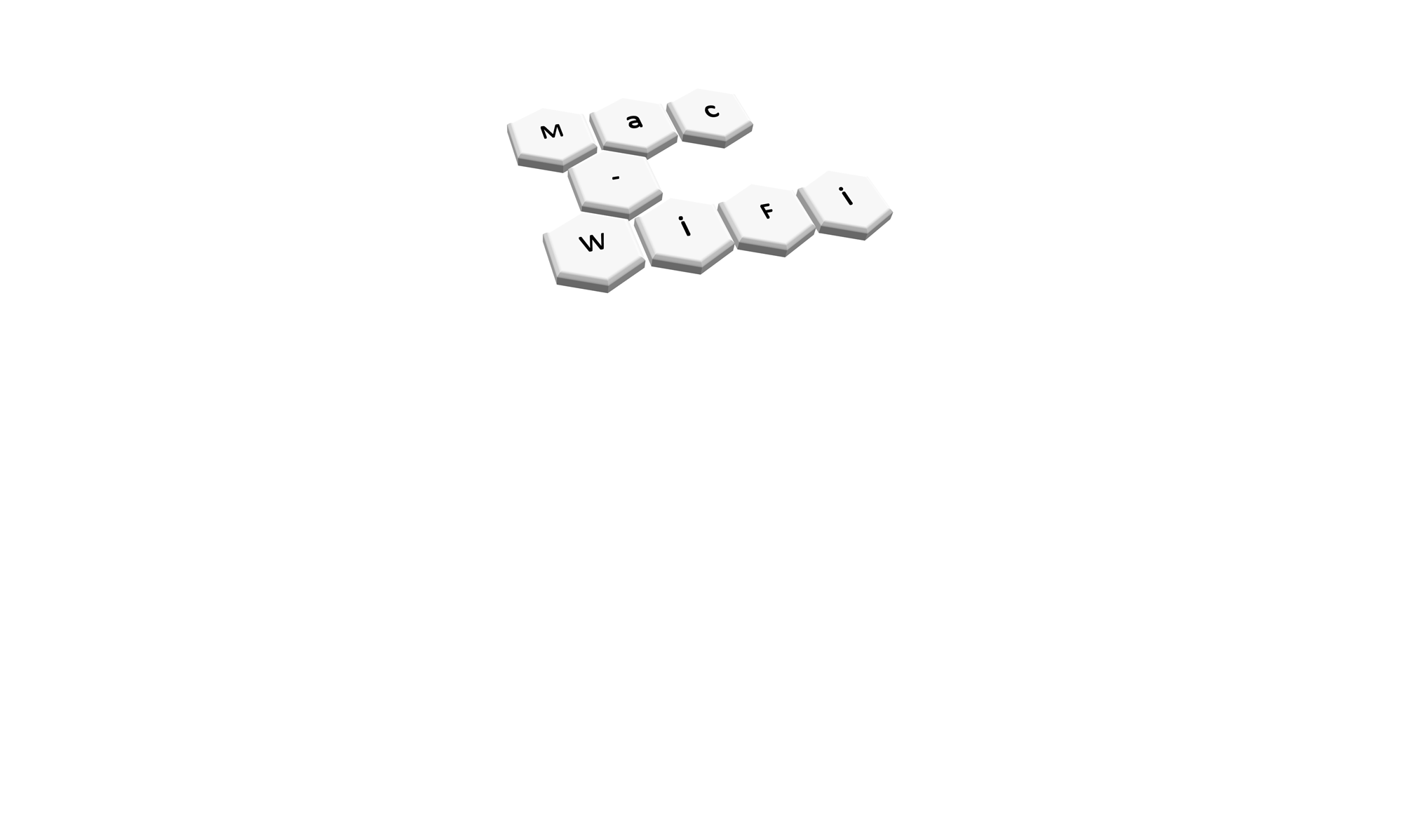This is a very quick article to help anyone trying to setup the WLANPi as a capture adapter in Wireshark 4. I only tried it with the WLANPi Pro and Wireshark 4.0.1 on my Windows 10 laptop, so apologies if your experience differs, but I’m hoping this post contains enough info to get you started if you’ve never done this before.
This post also assumes your WLANPi has an IP address and you can SSH to it from the Wireshark laptop. It may be possible to connect to the WLAN using the USB-OTG or some other means but I’ve not tested it and will only be looking at the SSH method here.
Continue reading “How to use WLANPi as a capture adapter in Wireshark 4.x on Windows”